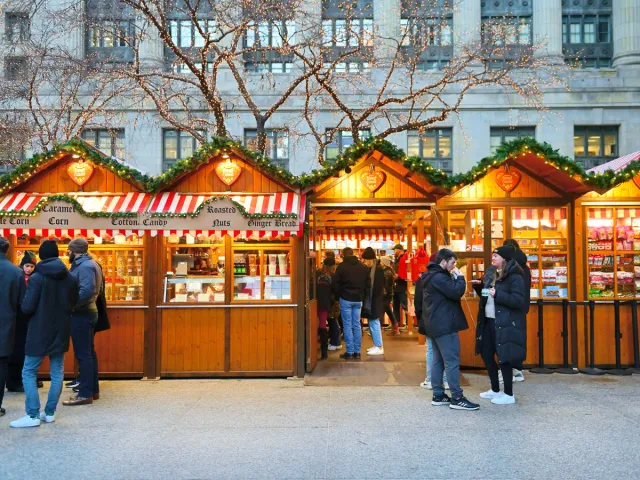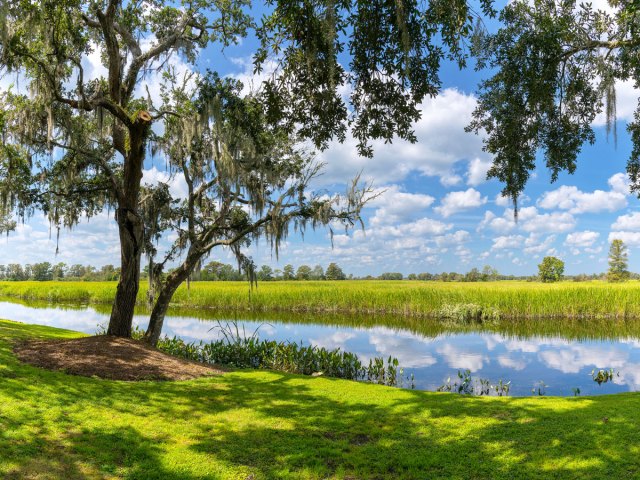When it comes to the longest tunnels in the U.S., the competition is fierce: According to a 2023 report by the Federal Highway Administration, there are 562 road tunnels spread across the United States. But road traffic isn’t the only use for these complex underground passages that require advanced engineering and years of heavy-duty construction to build. They can also serve as miles-long passageways for pedestrians and trains, or for the transportation of water for both consumption and hydroelectric power. Explore the interesting histories of the following 10 tunnels, which are some of the longest tunnels found in America.
Ted Williams Tunnel – Massachusetts

Total length: 1.6 miles
The Ted Williams Tunnel was built as part of the Central Artery/Tunnel Project — better known as the Big Dig. Linking South Boston with Logan Airport via Interstate 90, the tunnel opened to commercial traffic in 1995 and general traffic in 2003. The Big Dig was one of the country’s most complex highway projects to date; it included the construction of three major new highways and a river crossing. The Ted Williams Tunnel section increased Boston’s cross-harbor tunnel capacity from four to eight lanes.
To build the tunnel, engineers used 12 prefabricated steel tubes, each one about the length of a football field. They were floated into the harbor, then lowered into a dredged trench and joined together. Once in place, the tubes were connected using a hydrostatic seal and then welded on the inside. About 0.75 miles of the tunnel’s entire length is underwater, and its deepest point is 90 feet. The tunnel is named after legendary Boston Red Sox left fielder and war veteran Theodore “Ted” Williams.
Fort McHenry Tunnel – Maryland
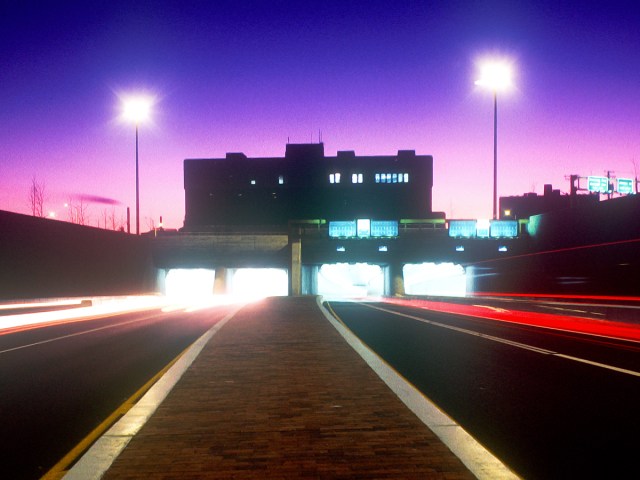
Total length: 1.7 miles
Carrying Interstate 95 beneath the Patapsco River, Fort McHenry Tunnel is a vital transport link that connects Baltimore’s Locust Point and Canton neighborhoods. The tunnel spans 1.7 miles and has eight lanes, which were constructed from 32 immersed steel tube sections, each measuring 320 feet long, 82 feet wide, and 42 feet high.
Opened in 1985, the Fort McHenry Tunnel project cost $750 million, which was significantly less than the original budget. At the time of opening, it was the world’s widest underwater vehicular tunnel ever built using the immersed tube method. Today it carries over 100,000 vehicles on a daily basis. It takes its name from Fort McHenry, where troops defended Baltimore Harbor from British invasion during the War of 1812.
Eisenhower-Edwin C. Johnson Memorial Tunnel – Colorado
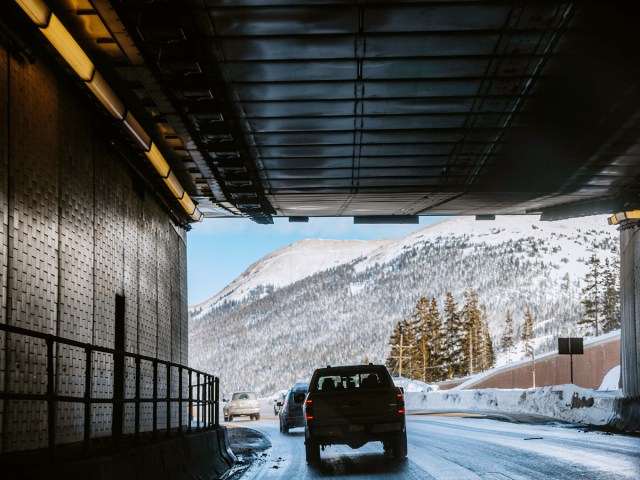
Total length: 1.7 miles
The Eisenhower-Edwin C. Johnson Memorial Tunnel sits at an average elevation of 11,112 feet in the Continental Divide, making it the highest point in the Interstate Highway System. A dual-bore, four-lane transit tunnel, it carries Interstate 70 through Colorado’s Rocky Mountains. The westbound portion, named the Eisenhower Tunnel, extends 1.693 miles and opened in 1973. Meanwhile, the eastbound Edwin C. Johnson Memorial Tunnel is 1.697 miles long and opened in 1979.
The tunnel lies entirely within the Arapaho National Forest, about 60 miles west of Denver. It provides a faster alternative to driving a hazardous section of the older U.S. Highway 6 over Loveland Pass. Around 1,140 workers were employed in the construction, and today about 30 full-time crew members manage the tunnel. Each is trained as a firefighter, and also required to monitor air quality and respond to incidents. Foot access between the two bores is possible via three cross tunnels.
Hugh L. Carey Tunnel – New York
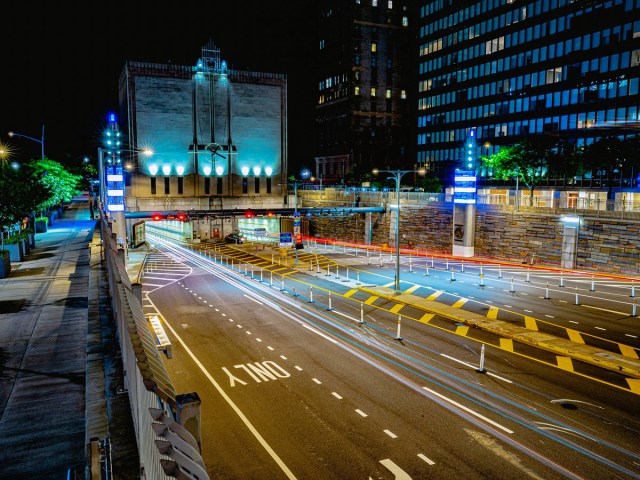
Total length: 1.7 miles
The idea for the Hugh L. Carey Tunnel was first proposed in 1929. At the time, city planners expressed concerns about the increasing traffic volume on the bridges connecting the New York City boroughs of Manhattan and Brooklyn. Despite official plans being made in the 1930s, construction of the tunnel didn’t begin until 1940. Economic depression, political disagreements, and a rival plan to build a new bridge all contributed to the delay. The two-tube, four-lane tunnel was eventually completed in 1950 at a cost of $90 million.
Originally called Brooklyn-Battery Tunnel, it was renamed in 2012 after former New York Governor Hugh Carey. Today, it’s the longest continuous underwater vehicular tunnel in the United States, connecting New York City’s Financial District with south Brooklyn. The tunnel features four ventilation buildings, which can replace the air inside every 90 seconds. Movie fans might also recognize the building at the Battery Park exit, which was used as the headquarters in the 1997 film Men In Black.
Snoqualmie Tunnel – Washington
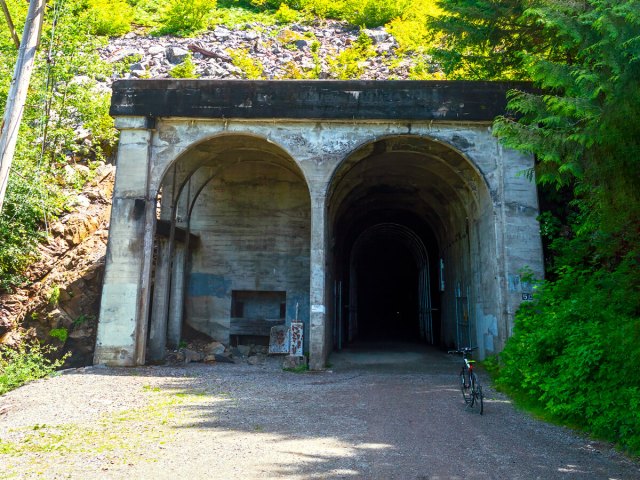
Total length: 2.3 miles
Crossing under the majestic Cascade Range in Washington state, the Snoqualmie Tunnel is one of the world’s longest multi-purpose pedestrian and cycling tunnels. Part of the 250-mile-long Palous to Cascade State Park Trail, the tunnel was built between 1912 and 1914 as part of a railroad line from Seattle to Chicago. The last train passed through in 1980, after which the state acquired it and converted it into a recreational right-of-way.
Accessible from May through October, the tunnel offers adventurers the chance to embark on a mysterious hike or bike ride. Beside the flickering of visitors’ headlamps, the passageway sits in complete darkness. The temperature is notably cooler inside, and water often drips down through cracks in the roof. Other than a slight bend at the beginning, it’s a straight 2.25-mile journey toward the light at the end of the tunnel. Epic views of the Cascades and Granite Mountain await after reaching the western entrance.
Anton Anderson Memorial Tunnel – Alaska
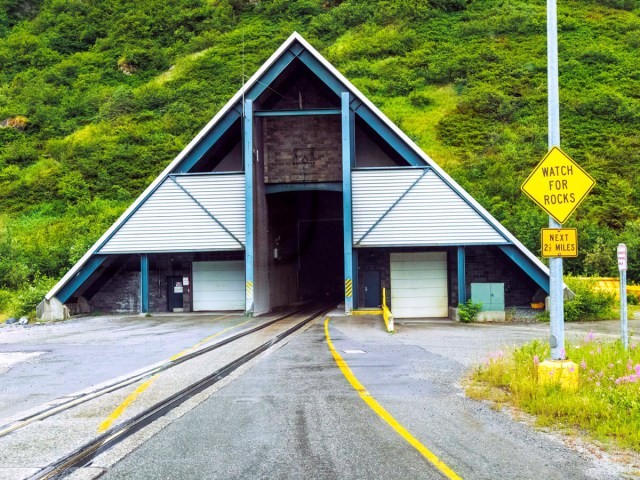
Total length: 2.5 miles
Connecting the Alaska towns of Whittler and Bear Valley, the Anton Anderson Memorial Tunnel (also known as the Whittler Tunnel) is the longest combined railroad and highway tunnel in North America. Inaugurated in 2000, the tunnel started out as a railroad tunnel in the 1940s, constructed to create a safe transportation route between Prince William Sound and the Turnagain Arm waterways. This once-dangerous route had previously been used by Chugach Eskimos and prospectors heading toward the Cook Inlet and Kenai Peninsula.
Thanks to a unique design and intelligent engineering, the tunnel allows for a single lane of car traffic to drive directly over a train track. To do so, the original surface was dug up and replaced with 1,800 concrete panels. The structure can withstand temperatures as low as -40 degrees Fahrenheit, 150 mph winds, and avalanches of up to 1,000 pounds per square foot. It also features jet turbine ventilation, which cleans the air inside the tunnel between trips. Additionally, a system of traffic signals, gates, cameras, and a radar ensures that the tunnel is clear before traffic direction is changed.
Cascade Tunnel – Washington

Total length: 7.8 miles
When train travel began in the Cascade Mountains, the Great Northern Railway needed a solution for transporting goods and passengers over Stevens Pass, located at an elevation of 4,016 feet in the Cascade Mountains. The first option was to lay switchbacks on either side of the pass. However, this proved too time-consuming, so a 2.6-mile-long concrete-lined tunnel was constructed between 1897 and 1900. The original Cascade Tunnel featured seven snow sheds, which helped to divert avalanches over the tracks.
Increased maintenance costs, pollution issues, and a constant threat of avalanches and landslides convinced railroad officials to bore a new Cascade Tunnel. Opened in 1929 after eight years of construction, it remains the longest railroad tunnel in North America. The tunnel sits about two miles lower than its predecessor and connects the mountain towns of Scenic and Berne. During one stage of the construction, an estimated 1,750 workers were employed to ply away at the granite, toiling around the clock in three shifts, seven days a week, for 35 months. In 1956, a powerful ventilation system was installed to allow diesel-electric locomotives to pass through.
Sudbury Aqueduct – Massachusetts

Total length: 16 miles
The Sudbury Aqueduct runs from Farm Pond in Farmington, a western suburb of Boston, to the Chestnut Hill Reservoir. Constructed between 1875 and 1878, it features a horseshoe-shaped brick lining that measures 7.6 feet high and 8.5 feet in diameter. For an entire century, the tunnel carried water from the Sudbury River to the city of Boston and its surrounding areas. While in operation, it was capable of transporting some 80 million gallons of water per day. Taken out of service in 1978, the aqueduct is now part of the Massachusetts Water Resources Authority back-up supply.
In 1990, it was added to the National Register of Historic Places, and much of the aqueduct’s route is now open as a public recreation space. It’s possible to see a number of landmarks that were once vital to the aqueduct’s operation, including Echo Bridge in Newton and the Waban Arches in Wellesley. These are accessible via a network of trails, complete with interpretive signs and wayfinding markers.
Quabbin Aqueduct – Massachusetts
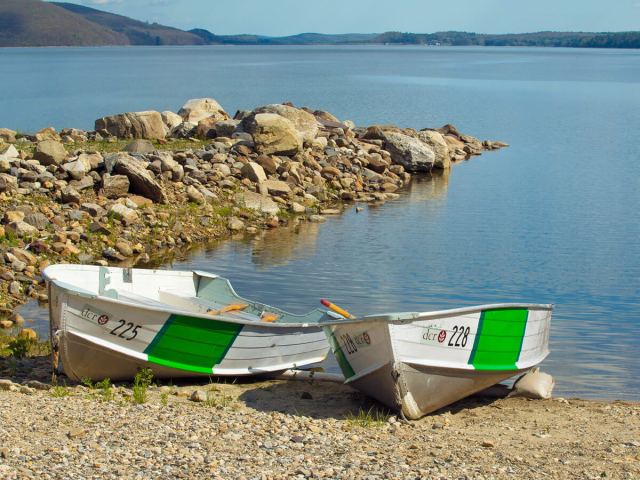
Total length: 24.5 miles
As one of the longest tunnels in the United States, the Quabbin Aqueduct plays a vital role in providing clean water to the Boston metropolitan area. It carries water for 25 miles between the Quabbin Reservoir and Wachusett Reservoir. Set about 800 feet underground, this rock-lined tunnel with reinforced concrete features 13 shafts, five of which are accompanied by attractive neoclassical-style headhouses. The section that stretches from the town of Ware to the Wachusett Reservoir was the first pressurized aqueduct constructed in the metropolitan Boston water supply system.
Another notable feature of the tunnel is its ability to transport water in both eastward and westward directions, all by gravity. Water from the Ware River fills the Quabbin Reservoir via a shaft, where it remains for a period of five years. During this time, it enters into a natural purification process. The water is then sent on a westward journey via another shaft towards the Wachusett Reservoir. As well as contributing to the livelihood of the eastern Massachusetts population, the reservoirs at each end of the aqueduct are popular recreational sites. Both present opportunities for fishing, walking, and winter snowshoeing.
Delaware Aqueduct – New York

Total length: 85 miles
Constructed between 1939 and 1944, the Delaware Aqueduct is not only the longest tunnel in the U.S. and the longest tunnel in North America, but also the longest tunnel in the world. This circular, concrete-lined water supply tunnel, which ranges from 13.5 to 19.5 feet in diameter, consists of three individual pressure tunnels, each driven through bedrock at subterranean depths of between 300 and 1,550 feet. The entire tunnel takes water on an 85-mile journey from a collection of reservoirs on the west bank of the Hudson River to Hillview Reservoir in Yonkers, just north of New York City.
On any given day, the biggest tunnel in the U.S. carries up to 600 million gallons of water to New York City. This amounts to almost half of the city’s daily supply. Situated in the foothills of the Catskill Mountains, the reservoirs that feed the Delaware Aqueduct are open for recreational activities. Non-motorized boating is permitted on the Cannonsville, Neversink, and Pepacton reservoirs, while Neversink is known for its seasonal fishing. These tranquil bodies of water are important habitats for bald eagles, as they have some of the highest nesting densities found throughout New York state.
More from our network
Daily Passport is part of Inbox Studio, which publishes content that uplifts, informs, and inspires.











